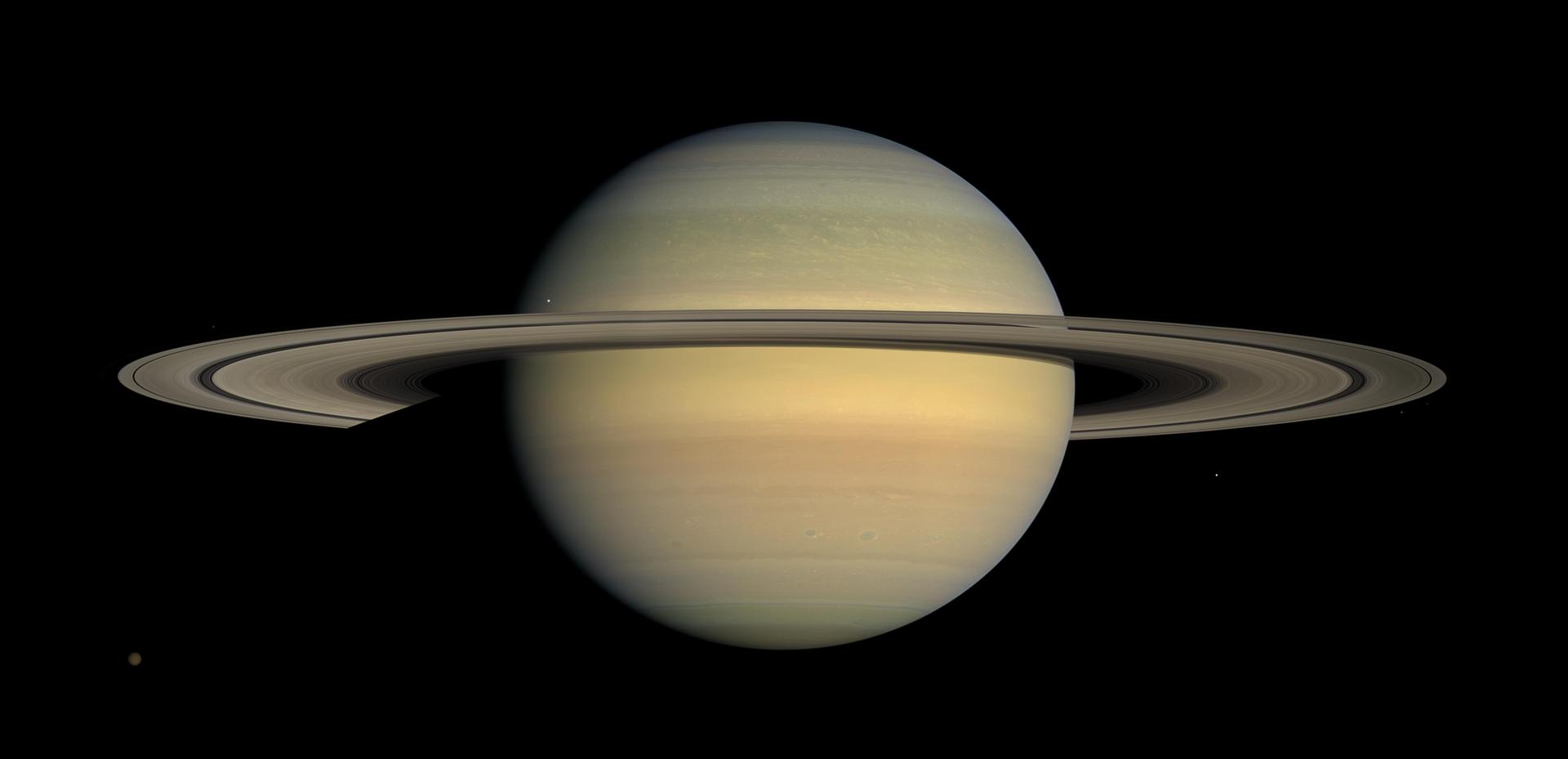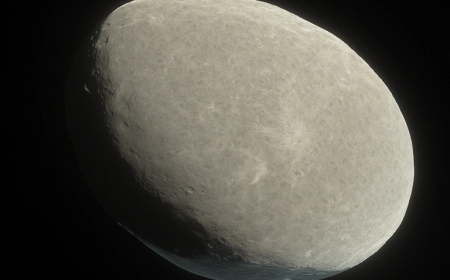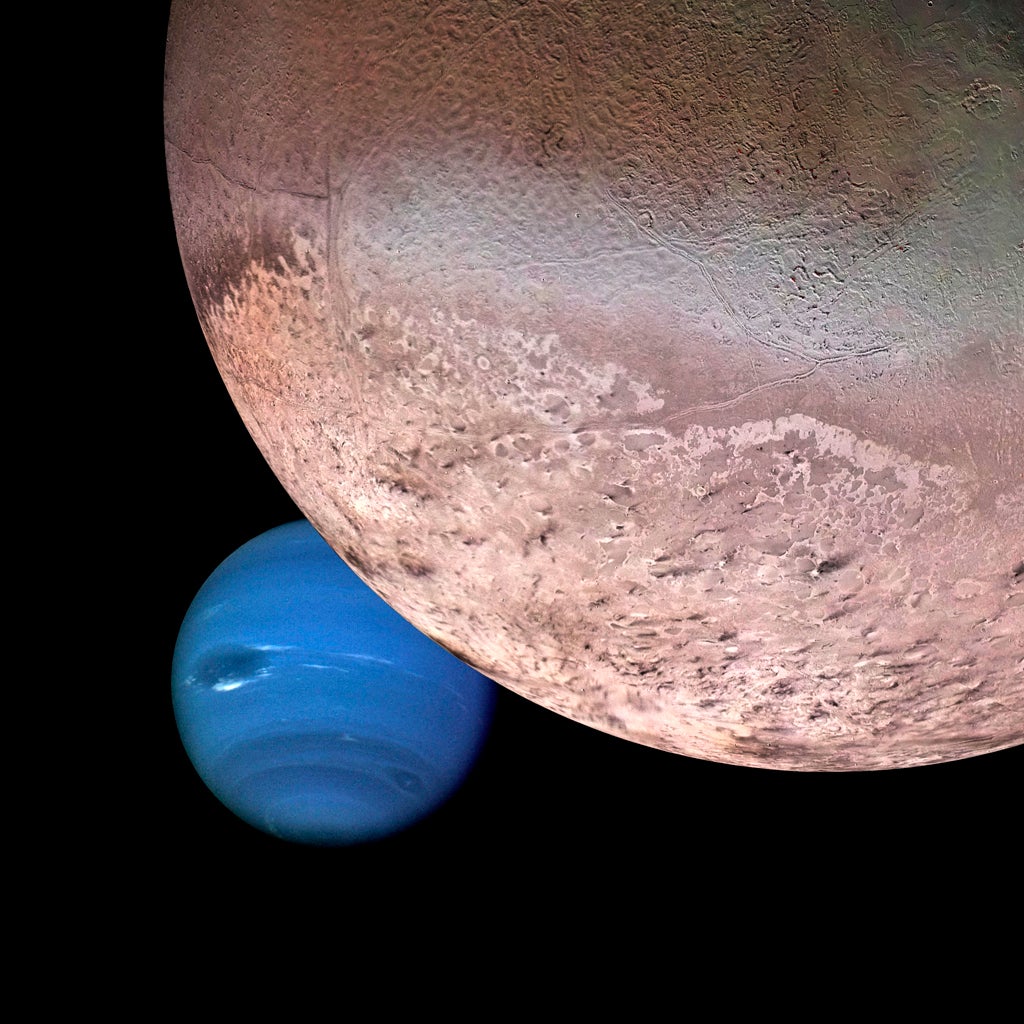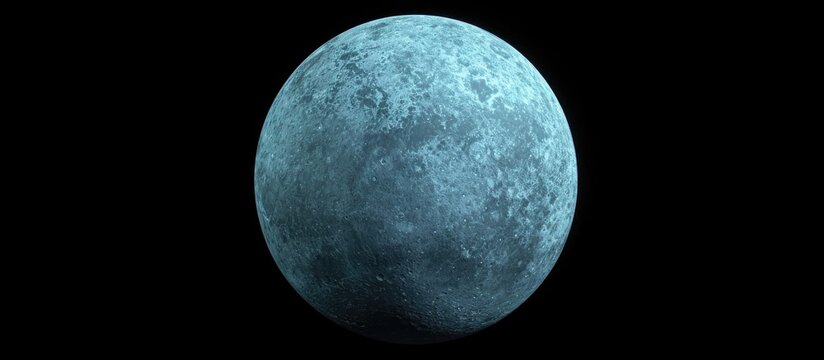Mars: The Rusty, Restless World of Secrets
Explore the mysteries of the Red Planet, from its ancient landscapes to its potential for life. Uncover hidden secrets, stunning discoveries, and the science shaping our journey to Mars.

A Planet Wrapped in Red
Mars, often called the "Red Planet," glows like a burning ember in the night sky. Its rusty hue comes from iron-rich dust coating its surface, giving it a fiery, desert-like appearance. But unlike Earth's deserts, Mars is a frozen wasteland, with temperatures plunging to -80 degrees Fahrenheit on average. Despite its chilling climate, this planet still holds mysteries that could one day rewrite our understanding of life beyond Earth.
Skies of a Lost World
If you stood on Mars, you'd see a sky tinted in dusty hues of orange and pink during the day, shifting to an eerie blue at sunset. Unlike Earth's bright blue sky, Mars' thin atmosphere, made mostly of carbon dioxide, scatters light differently. This ghostly atmosphere is constantly shaped by powerful dust storms, some of which grow large enough to engulf the entire planet, hiding its rugged landscapes beneath a thick, suffocating haze.
The Canyon That Dwarfs the Grand Canyon
Mars boasts one of the most jaw-dropping features in the solar system: Valles Marineris. This colossal canyon stretches over 2,500 miles—nearly ten times longer than the Grand Canyon—and plunges more than four miles deep. Towering cliffs and jagged ravines paint a dramatic scene, whispering tales of a time when ancient water may have carved this immense scar into the Martian crust.
Mountains That Touch the Heavens
Olympus Mons, the largest volcano in the solar system, rises like a giant guardian over Mars’ barren terrain. This shield volcano stands about 13.6 miles high, nearly three times the height of Mount Everest. Its broad, gently sloping form spreads across an area the size of France. Scientists believe that Olympus Mons erupted for millions of years, layering lava upon lava, creating this otherworldly giant that still looms in silent dominance.
Frozen Oceans and Buried Lakes
Mars was once a world of rushing rivers and sprawling lakes, but today, its water is locked in polar ice caps and underground reservoirs. Beneath layers of frozen carbon dioxide and water ice, hidden lakes may still exist, buried deep beneath the planet’s crust. If liquid water still flows beneath Mars’ surface, it raises an electrifying question: Could microbial life still thrive in the shadows of this frozen world?
Martian Moons: The Mysterious Twins
Phobos and Deimos, the two tiny moons of Mars, look more like captured asteroids than traditional moons. Phobos, the larger of the two, is a battered, cratered rock spiraling dangerously close to Mars, so much so that it will one day crash into the planet. Deimos, smaller and more distant, drifts lazily in its orbit, a silent observer in the cold Martian sky. These lumpy, misshapen moons hint at a violent past and leave scientists puzzled about their origins.
A Planet Scarred by Cosmic Violence
Mars wears its battle scars proudly. The surface is covered in craters left by meteorite impacts, some stretching for hundreds of miles. The massive Hellas Basin, one of the largest impact craters in the solar system, spans more than 1,400 miles wide. These scars tell a story of an ancient world bombarded by space debris, a past that still influences the planet’s weather, landscape, and even potential for life.
A Magnetic Mystery Beneath the Surface
Unlike Earth, Mars lacks a global magnetic field, leaving it vulnerable to deadly solar radiation. But traces of magnetism still exist, locked within ancient rocks buried beneath its crust. These magnetic fields suggest that Mars once had a protective shield, much like Earth’s, which might have supported a more Earth-like climate billions of years ago. The loss of this shield could explain why Mars transformed from a warm, wet world to the dry, barren land we see today.
A Land of Whispers and Odd Sounds
Mars may seem like a silent world, but NASA’s Perseverance rover has captured eerie sounds drifting through its thin air. Winds howl across dusty plains, creating a ghostly symphony of whispers and rattling debris. The rover's recordings also revealed something unexpected—sound travels slower on Mars than on Earth, meaning a listener would hear deep, sluggish echoes rather than crisp, sharp noises.
The Future: A New Home for Humanity?
Mars is the leading candidate for humanity’s next frontier. Space agencies and private companies dream of colonizing its rugged plains, using its natural resources to sustain life. The planet’s thin air and freezing temperatures pose massive challenges, but underground shelters and advanced technology could help humans carve out an existence in this alien world. The dream of walking on Martian soil is no longer science fiction—it’s an inevitable chapter in our future.
Conclusion: The Untold Future of Mars
Mars is not just a red dot in the sky; it is a world of extremes, beauty, and untamed mystery. Its towering volcanoes, vast canyons, and frozen secrets hint at a past full of action and a future brimming with possibilities. Whether it becomes our second home or continues to tease us with its silent secrets, Mars will always be a planet of wonder—one that fuels our curiosity and drives us to explore the unknown. Who knows? One day, footprints may mark its dusty surface, leaving humanity’s first step on an alien world.
What's Your Reaction?







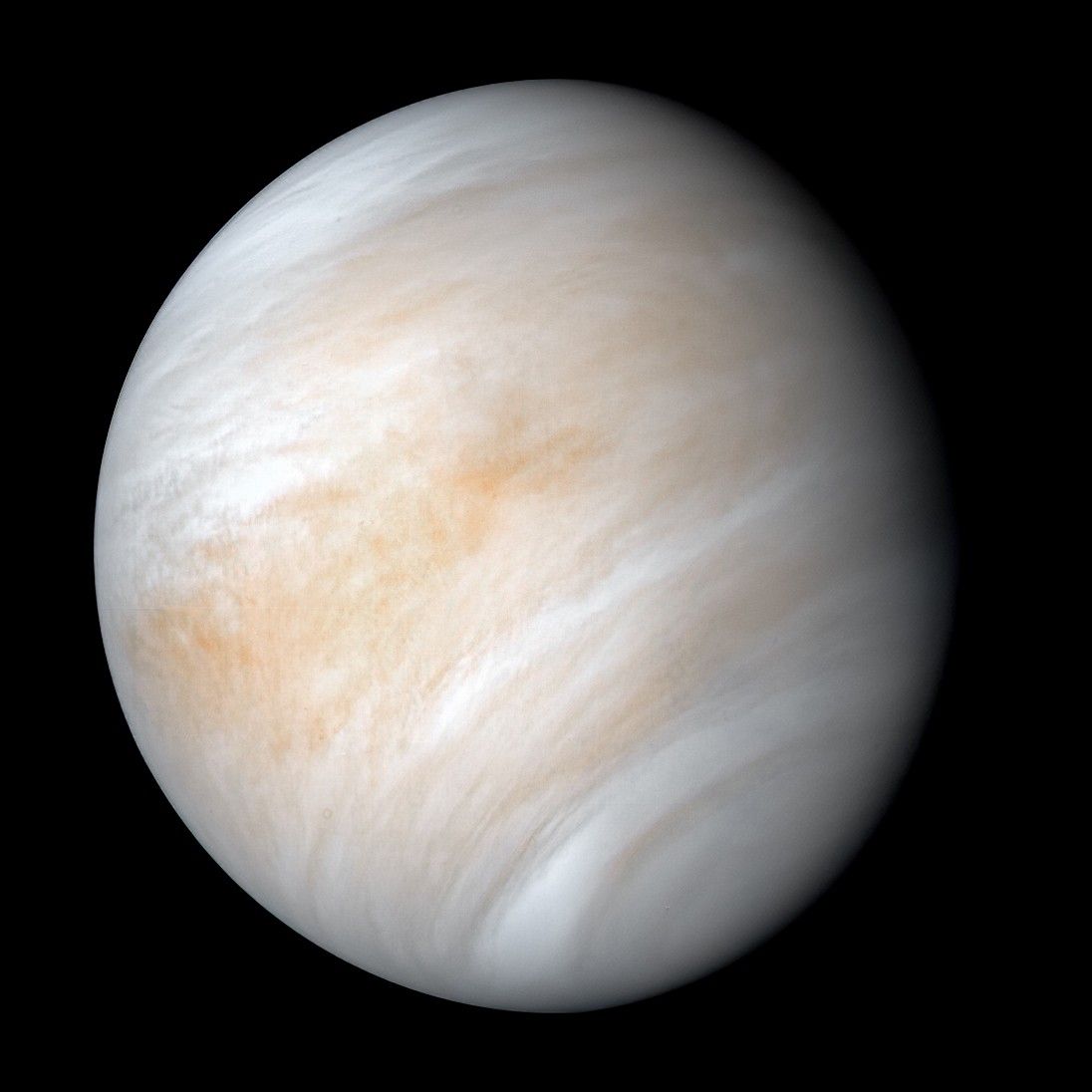

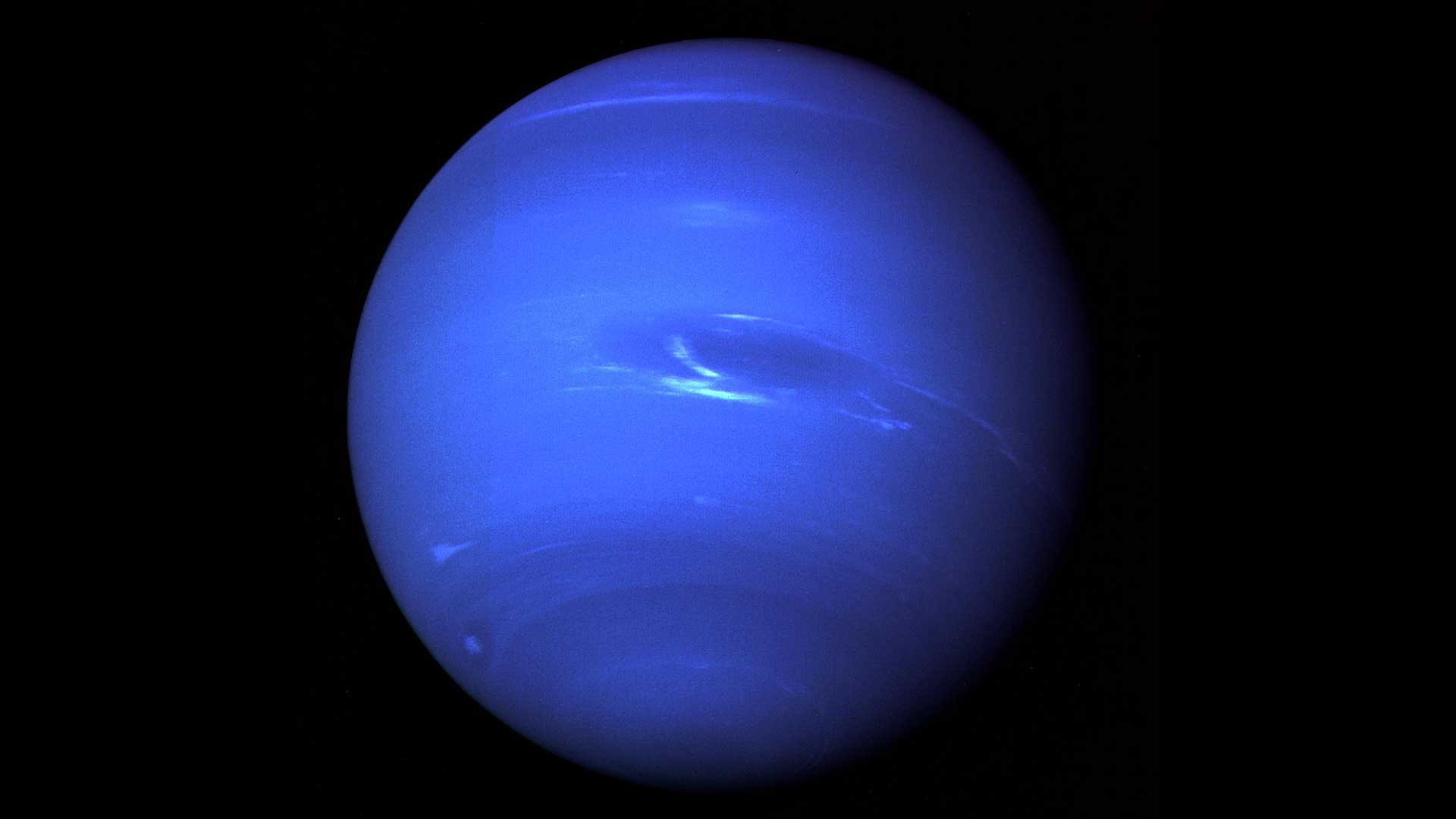

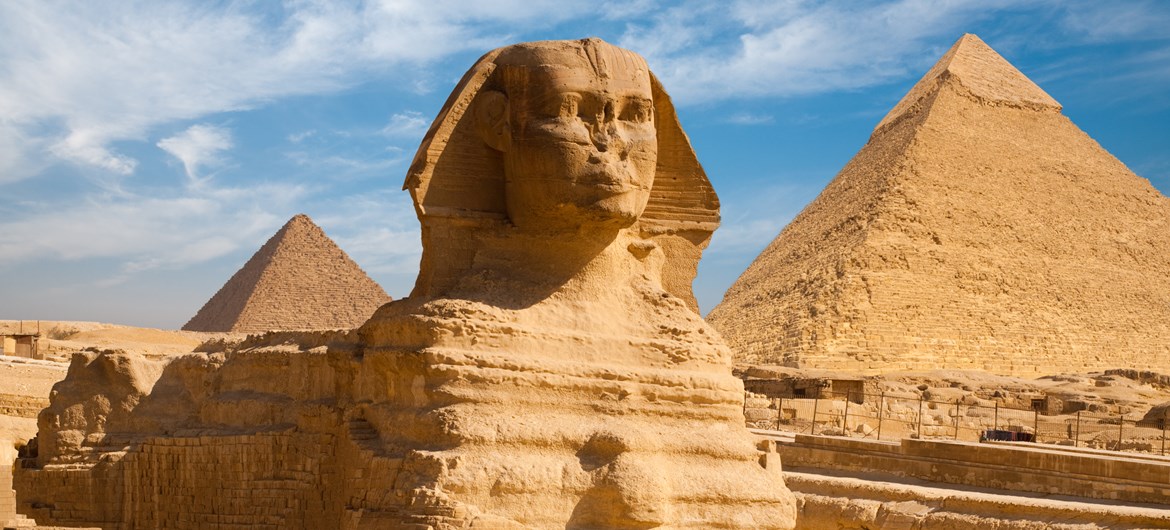
/https://tf-cmsv2-smithsonianmag-media.s3.amazonaws.com/filer_public/54/66/546650fa-26a4-40fd-8d6d-5a7a04540f81/rosetta2.png)
:max_bytes(150000):strip_icc():focal(999x0:1001x2)/robert-prevost-050825-1-39395418ab494da5a3a700c9478e66c8.jpg)


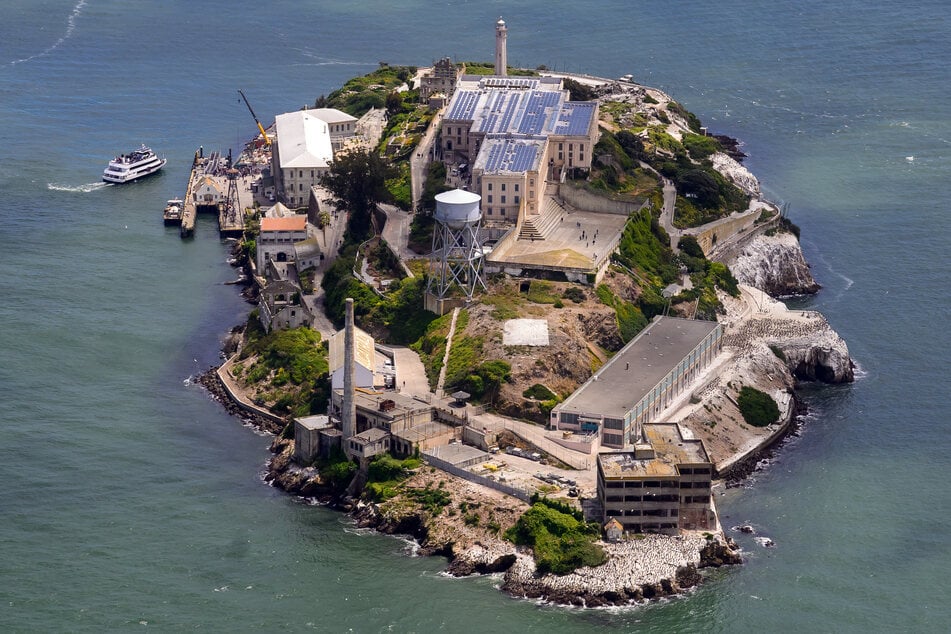























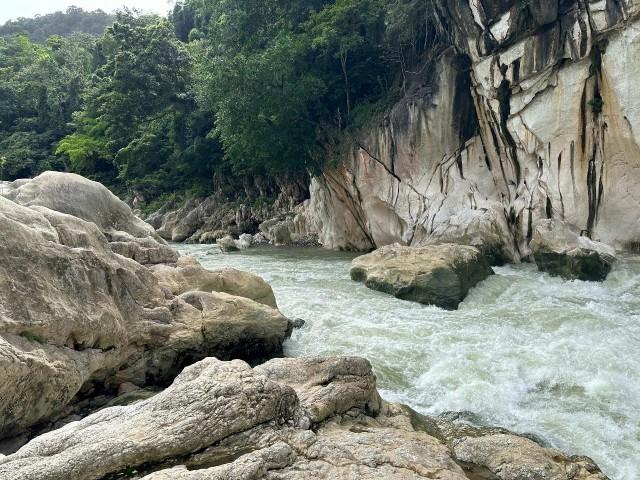




















format(webp))
format(webp))















